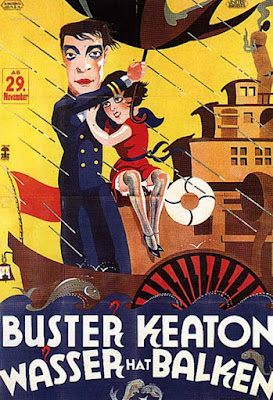Lowball programmer from R.K.O. tries to split the diff between M-G-M’s high-ticket/All-Star CHINA SEAS/’35* and some low-rent CHARLIE CHAN mystery, all while giving blowsy Aussie gal Constance Worth a career breakthru that didn’t take. She’s an undercover custom’s inspector chasing a diamond stolen in Shanghai, now on a ship headed to San Fran. With plenty of suspicious characters on board and even the two hired guards who lost the gem in the first place (one comic/one romantic) there’s no lack of suspects. And the opening reel offers surprisingly strong production values, presumably from some standing ‘Generic Oriental City’ set. But under journeyman megger Edward Killy things go very flat very fast once we’re at sea. So poorly, the film develops a perverse interest from watching the script boldly take one wrong step after another at almost every turn. A script writing lesson in what not to do. Anyone not currently working on a screenplay should pass.
WATCH THIS, NOT THAT: *Lacking the cachet of the M-G-M All-Star vehicles preceding it (GRAND HOTEL/’32; DINNER AT EIGHT/’33), CHINA SEAS is still great fun. (see below)
































